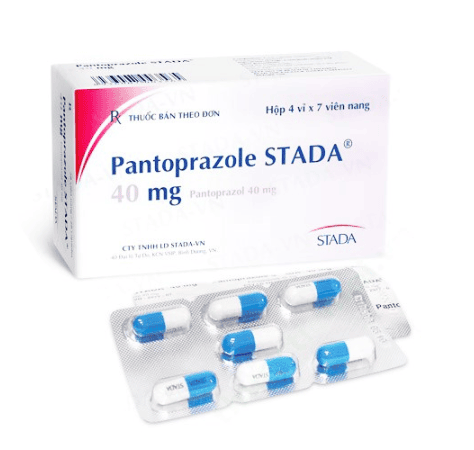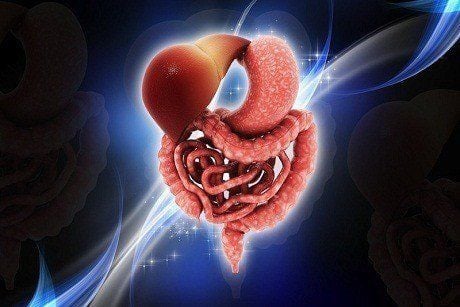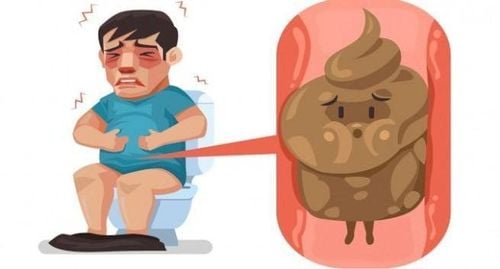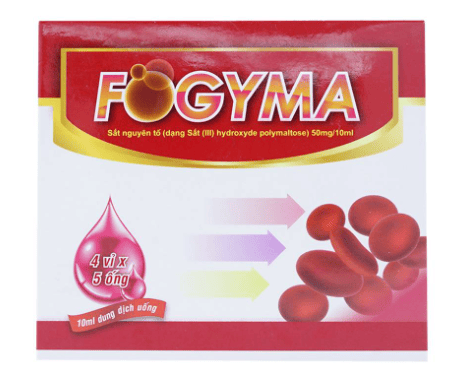This is an automatically translated article.
Video content is professionally consulted by MSc. Dr. Pham Thi Thu Huong, Head of Internal Gastroenterology - Hepatobiliary Unit, Vinmec Times City General HospitalEating a ripe apple a day will save you from going to the doctor. But how can the body use this important source of nutrients? Imagine a small apple in your hand and MSc. Dr. Pham Thi Thu Huong, Head of Internal Gastroenterology - Hepatobiliary Unit, Vinmec Times City General Hospital will lead you along the journey of an apple in your body's digestive system.
1. Our body's digestive system
Although the mouth is the gateway for the apple to access the body's digestive system, in fact the digestive process may already begin as soon as you see, smell or think of food. The salivary glands will be stimulated and secrete saliva which is rich in digestive enzyme amylase which helps to break down starch, every day about 1.5l of saliva is excreted. Each person consumes an average of 1-2.7kg of food per day and consumes more than 28,800kg of food in a lifetime. All that food goes into the digestive system. The digestive system is made up of 10 organs and can be 9-10m long.2. Journey to discover the body's digestive system
When you take a bite of a ripe apple, the chewing action will break the apple into small, easy-to-swallow pieces. After the small pieces of apple are chewed and mixed with saliva, the movement of the tongue gathers the food into a mouthful and guides it to the back of the throat. When you swallow, the apple is pushed through your throat and into your esophagus. However, the back of the throat is the trachea, which allows air to go in and out of the body, so to prevent food from getting lost and causing you to choke or cough, the liquidity cap will close the air opening to help the apple go to the food. manage.The esophagus is like an elastic tube about 25cm long, which is the bridge that carries food to the stomach. The muscles in the wall of the esophagus move in ripples to force food through this pathway. At the same time, the glands of the esophagus will secrete mucus to moisten the passage so that the apple can go down to the stomach more easily.
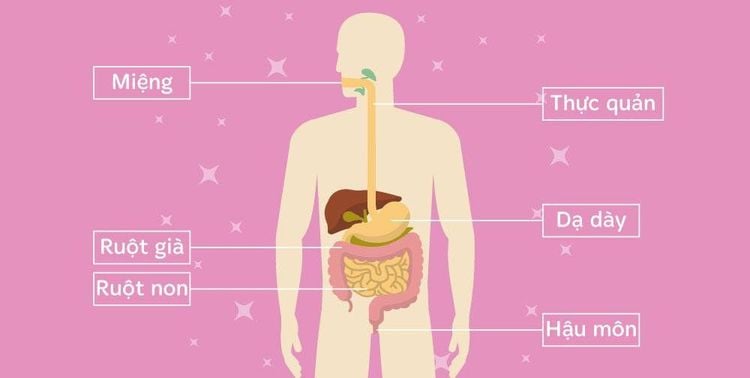
Hệ tiêu hóa cơ thể và những điều cần biết
After the apple piece falls to this part, the stomach will contract to crush the apple piece and mix with the acid and enzyme, forming a liquid mixture. Gastric juice also helps kill bacteria in food.
Then, the original piece of apple that appears as a liquid will be taken to the small intestine. The small intestine is a distance of 6 meters. Once it reaches the small intestine, food is further broken down by enzymes from the pancreas and bile from the liver. Peristalsis helps to move food along the 6 meter length of the small intestine and mix the food with digestive juices. Here, the food will become a very thin and watery mixture. This is the destination of the journey, when the nutrients in food such as carbohydrates, vitamins, minerals and proteins, fats will be absorbed through the intestinal wall, seeping into the bloodstream to feed the body. .
The next stop for these nutrients is the liver. The liver is the body's blood-filtering organ. Nutrient-rich blood drops absorbed from the small intestine will be taken to the liver for processing. The liver filters out toxic substances, converts them to non-toxic or less toxic substances, turns some waste products into bile, and stores certain vitamins and carbohydrates in the form of glycogen, which your body uses for energy. Food residue that your body can't use is pushed down the large intestine. The large intestine is the garbage truck of the digestive system. The large intestine is about 1.5m long and is almost the final stop of the digestive system. The bottom of the large intestine has a small tube with one end closed called the appendix - sometimes it becomes infected and needs to be removed.
The large intestine is the place to digest leftover waste that the body does not receive. Before the end of their journey, these waste products will have a last chance to give, for the body to reabsorb water and some minerals into the bloodstream through the colon. After the water is removed, the waste solidifies and forms a mold called feces.
The large intestine pushes stool into the rectum, the final stop of the digestive tract. Solid waste stays here until you're ready to go to the bathroom, remove the waste by pushing it through the anus, and the journey here is over.
Please dial HOTLINE for more information or register for an appointment HERE. Download MyVinmec app to make appointments faster and to manage your bookings easily.




